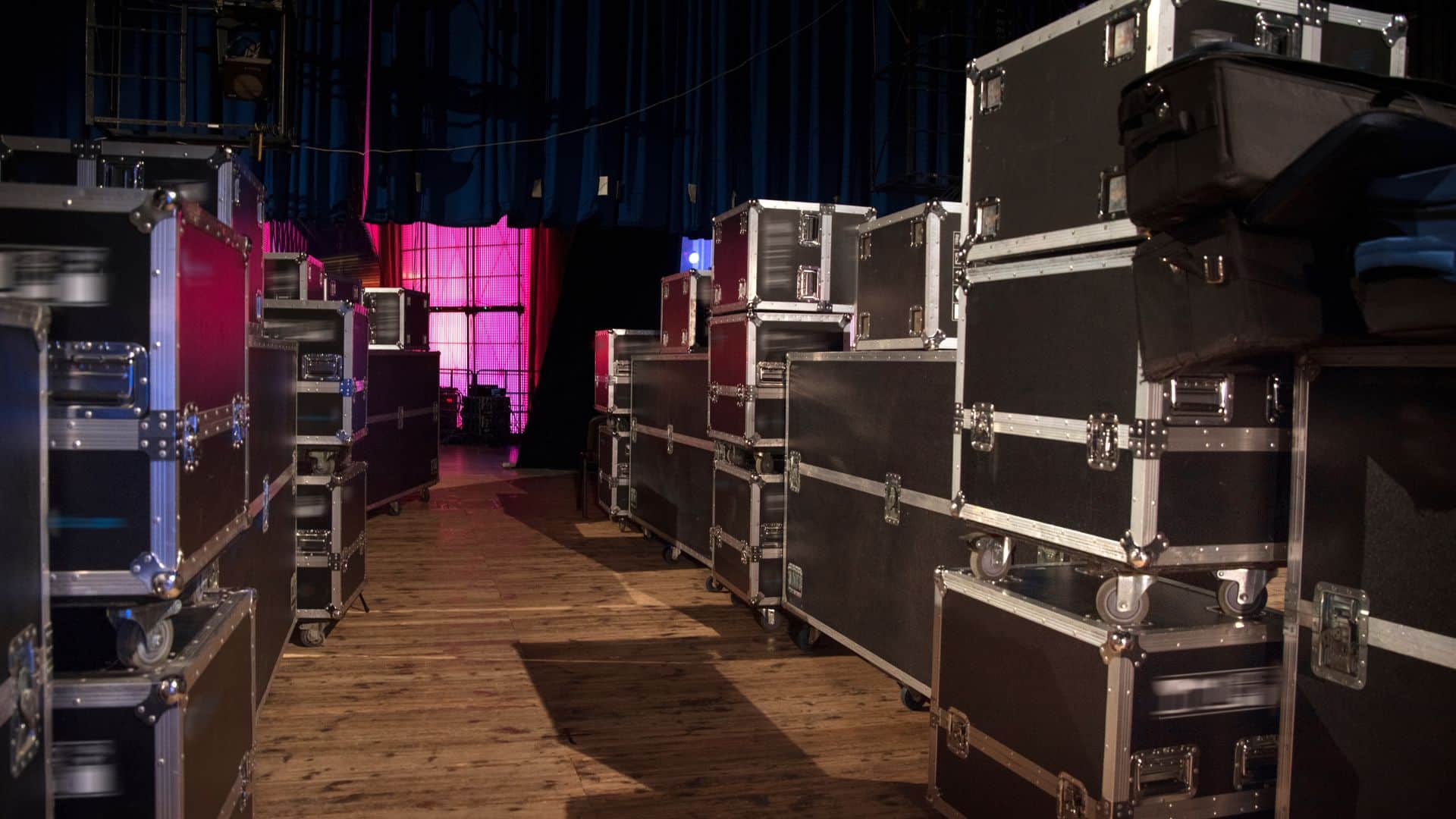Freelancers and temporary employees exist in many industries around the world. From seasonal retail workers, to writers, consultants, and more, freelancers help fill an employment need in the short term so that a business can achieve their goals. By their very nature, event service companies operate within and rely on the strength of the gig economy, which exists when temporary positions are common and companies contract crew for a short period of time.
Event service professionals are constantly in need of specialized freelance workers that assist in the execution of an event. For example, a company organizing a show can often hire hundreds of individuals to help with audio/video systems, security, design, and more. When working with so many crew members that are non-full-time employees, automating labor processes with crew scheduling software is essential.
Challenges in the Gig Economy
When depending on the gig economy to supply the specialized workforce needed for events, there are many challenges companies face. Organizers continue to hire the same people from job to job because they are familiar with the quality of their work, but is this the most cost-effective strategy? How do you determine which workers are available at which times? How do you understand their true costs so that you can make more strategic decisions? Most importantly, how do you ensure their work will be top notch? All in all, having to recruit, schedule, track and pay crew can be an extremely time-consuming and expensive process.
Mobility and communication are vitally important in this space. With labor coordinators recruiting and scheduling large crews, it is critical that everyone is on the same page. Knowing who each crew member is and where they are assigned helps improve efficiency, allowing each person to get the job done to the best of his or her ability.
Capitalizing on the Gig Economy
Event service companies have been doing business in the gig economy climate for decades. However, most still use manual processes in order to communicate, schedule, and manage their contingent workforce that is constantly changing.
LASSO makes it easy for these organizations to capitalize on the gig economy by giving them a mobile enterprise application that uses automation to pull together their labor processes and simplify crew management. In addition to helping event companies forecast labor costs, the platform enhances communication, and streamlines time tracking and payment.
No longer do event service companies need to keep track of hundreds of paper time sheets or utilize Excel spreadsheets for their various event production functions. Gone are the days of having to call or email the entire event crew with last-minute reminders or changes to the schedule and just hope that they got the message. All of these processes, and more, are controlled through an easy-to-use mobile application.
Luckily, event service companies can improve the efficiency (and profitability) of every part of the process by incorporating crew scheduling software from LASSO Workforce. Contact a representative and request a demo today to learn more.





